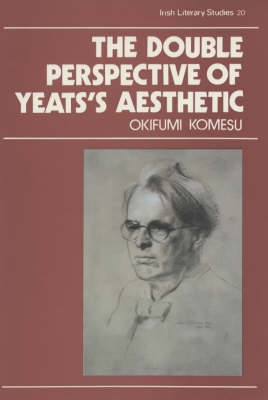Irish Literary Studies
1 primary work
Book 20
The Double Perspective of Yeats's Aes-thetic offers penetrating insights into the poet's aesthetic principles. These are characterised, Professor Komesu demon-strates, by a polarity of perspective. He argues that Yeats envisaged life as both unity and conflict, and regarded art as an embodiment of both experience and knowledge. The peculiar nature of this Yeatsian polarity is that the conflicting perspectives are not irreconcilably at war, but exist in a complementary relationship, in which one lives the other's death, and dies the other's life. This polarity sometimes led the poet into a logical impasse out of which he tried to struggle in vain. But from it, nonetheless, he gained the dramatic force and tension which enabled him to create a world of poetic vision and experience, one with a magnitude which is all its own. Professor Komesu finds this polarised perspective inherent in the literary theory of the West, constituting a discernible tradition that shapes such divergent artistic movements as Classicism and Romanticism. He contends that Yeats's place must be found within this tradition.
